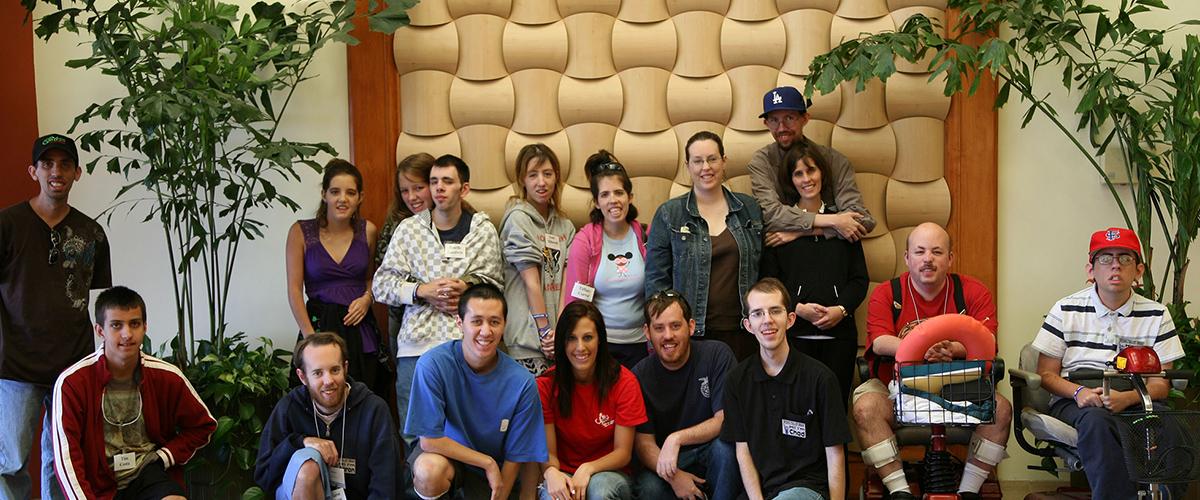A potentially revolutionary technology may allow development of a drug for DM that can correct a patient’s DNA by selectively removing the expanded CTG and CCTG repeats in DM1 and DM2, respectively.
This new gene editing technology has emerged from the discovery of how bacteria protect themselves from invading viruses. There very likely will be a Nobel Prize awarded to scientists who discovered how this bacterial defense mechanism could be used to edit human gene defects. There certainly has been a rather public fight over the patent rights that are potentially worth billions of dollars among the research groups at the University of California, Berkeley and the Eli and Edythe L. Broad Institute of MIT and Harvard.
CRISPR is an acronym for short, repetitive DNA sequences that function to immunize bacteria from viruses. CRISPR DNA works together with a family of proteins, known as Cas proteins, which cut and thereby inactivate the invading virus’ DNA. Working together, CRISPR and Cas can recognize viral DNA as foreign and then inactivate it via the DNA-cutting Cas protein.
Researchers Jennifer Doudna (U.C. Berkeley) and Feng Zhang (Broad) have shown that the CRISPR/Cas system can be adapted to cut human DNA at highly specified locations to either remove existing genes or to insert new genes. The potential value for DM is that known mutation-containing DNA sequences, specifically the expanded repeats in DMPK or CNBP, could be cut to remove the disease-causing expanded repeats. Doudna and Zhang are likely to share a Nobel Prize for this discovery, while it appears that Zhang and the Broad Institute have won the patent rights battle.
Is gene editing using the CRISPR/Cas system going to be available soon for DM? The direct answer is, no. Several issues need to be resolved before any clinical application of gene editing is realized. The specificity and efficiency of gene editing will need to improve. Delivery of the gene editing reagents also must be optimized—these are large molecules that will have to be delivered by intravenous injections and must then gain access to cells throughout the body of DM patients in order to correct the multiple symptoms of the disease. Lastly, there is the issue of safety—studies need to show not only that the CRISPR/Cas system is designed to edit the DMPK or CNBP genes, but that it does not cause harm by editing unintended genes. MDF is working with researchers and biotechnology companies to help advance CRISPR/Cas gene editing for DM.
Gene editing is entering clinical trials this year for some types of cancer. The strategy is to edit the patient’s immune cells, outside of their body (thereby circumventing some barriers to the technology), and the cells that are put back into the body have gene edits so they attack the tumor. This human study is an important proof of concept, and a step that will be critical as we move toward the application of gene editing for DM.

